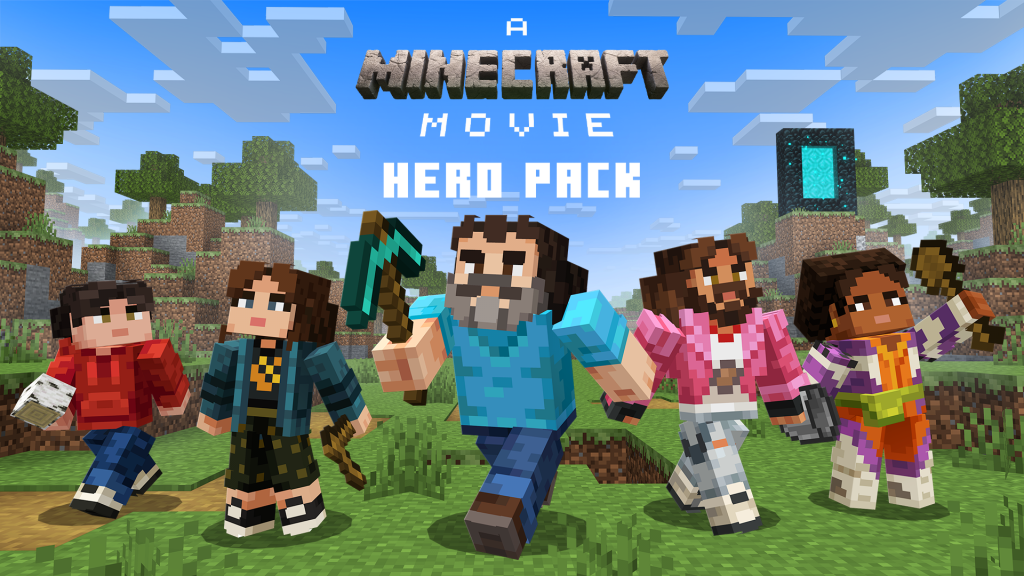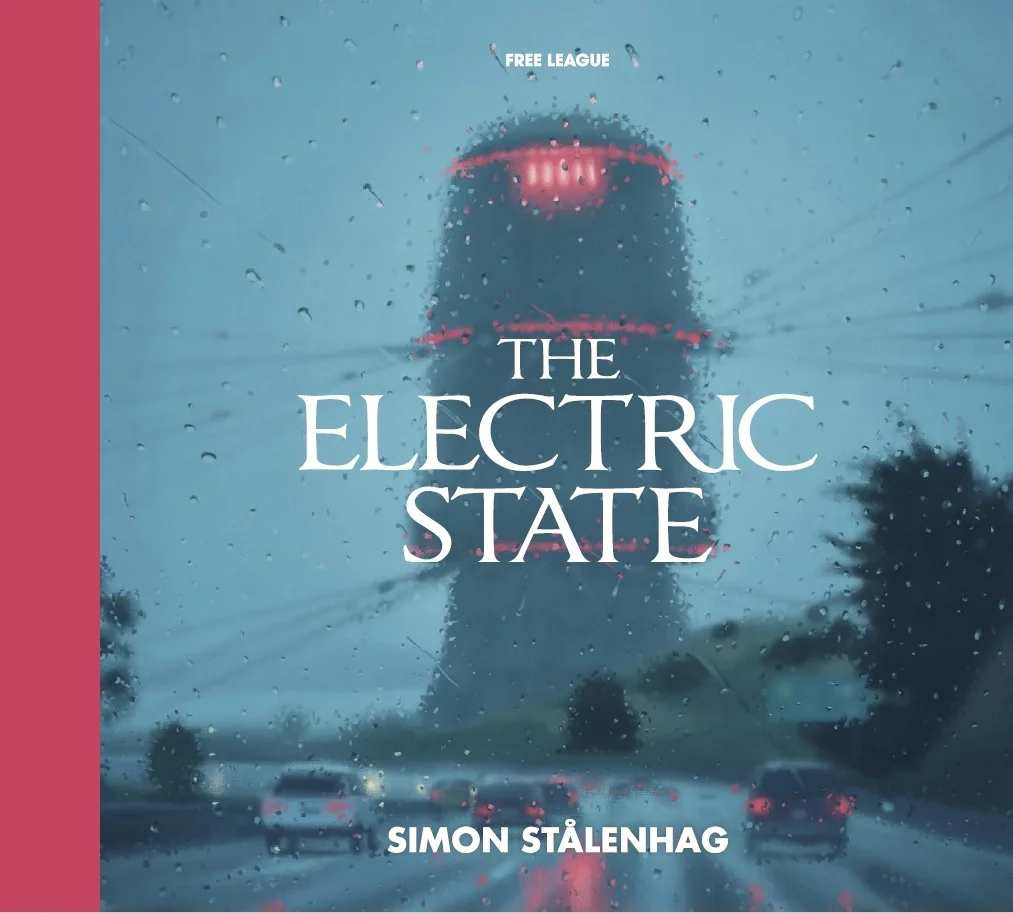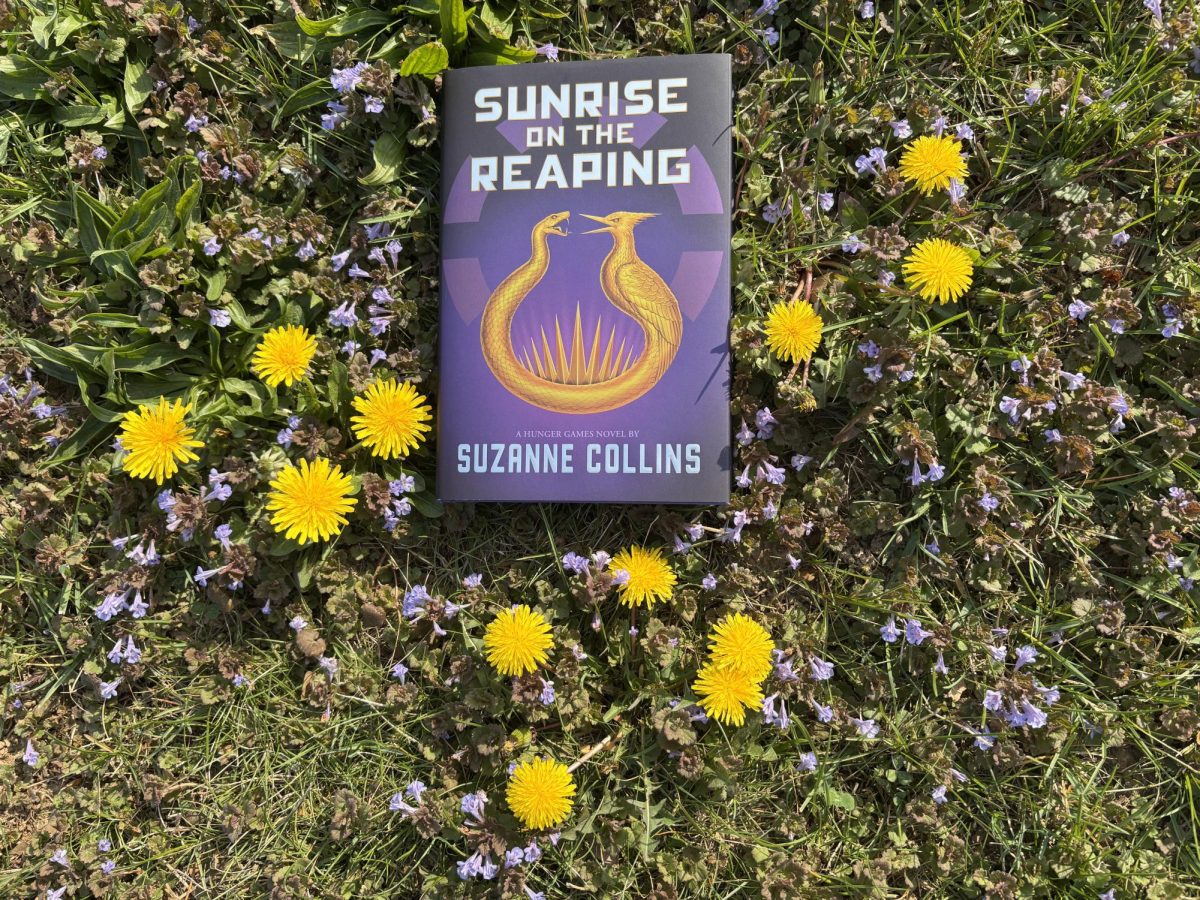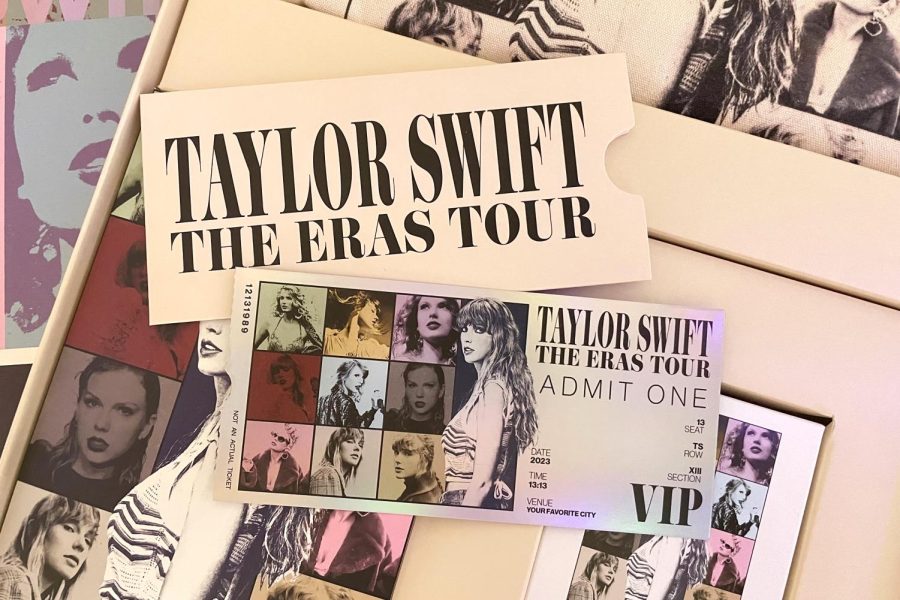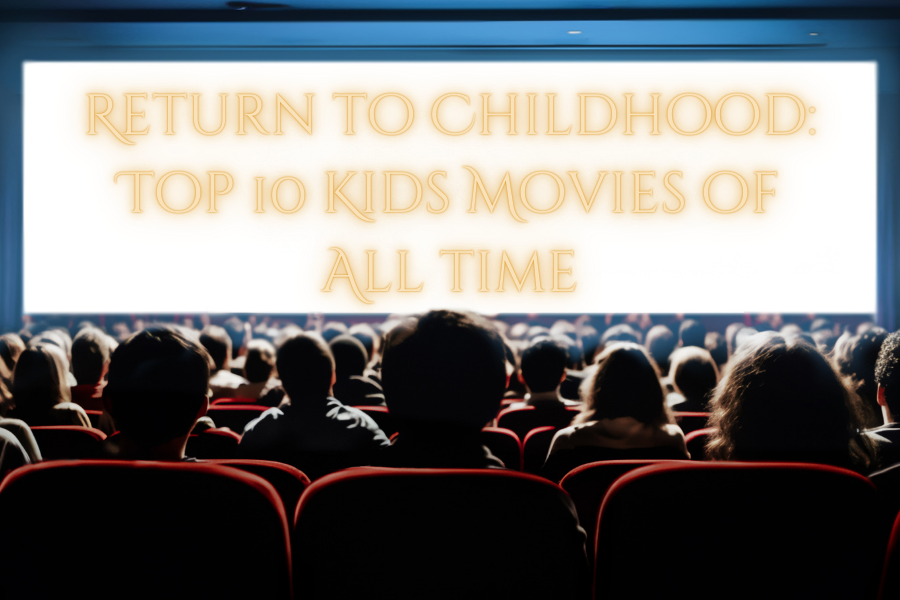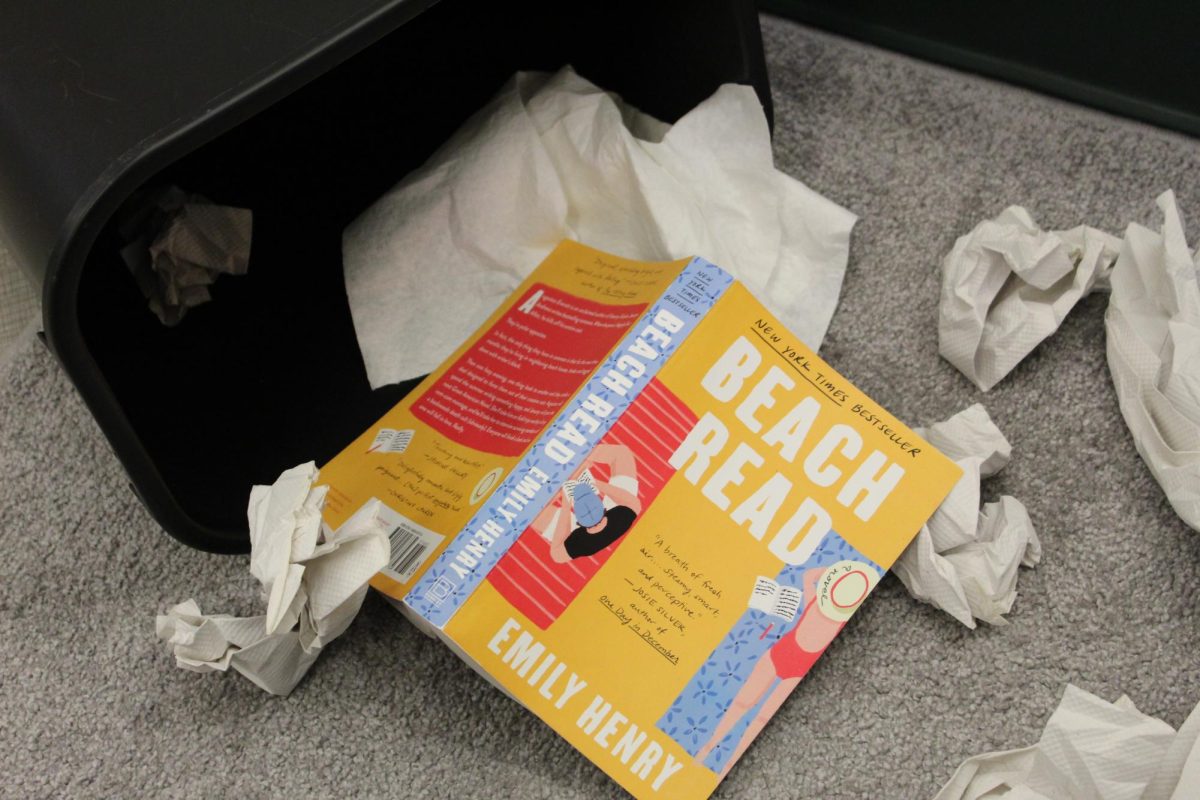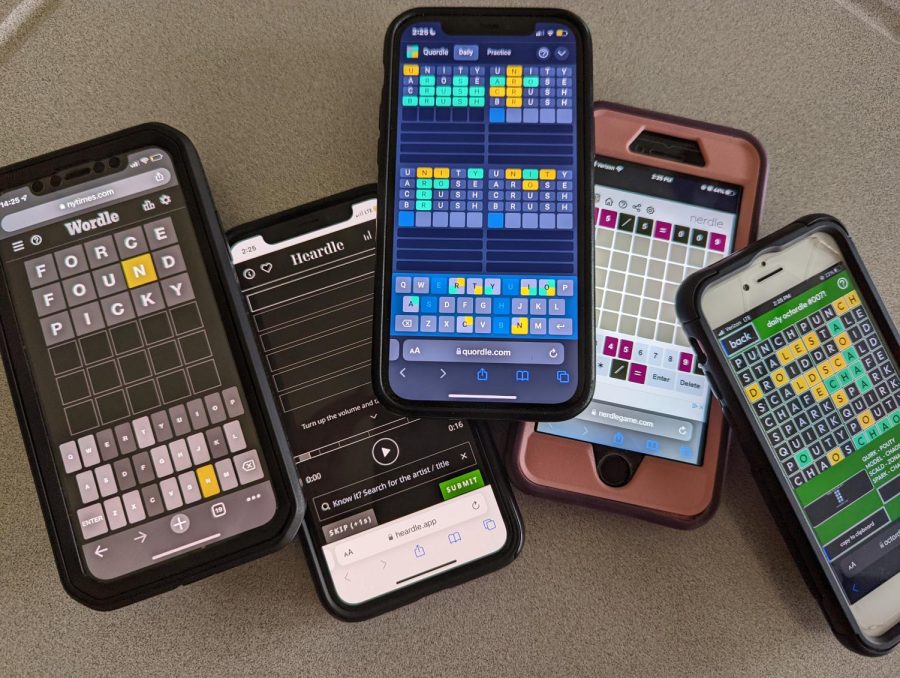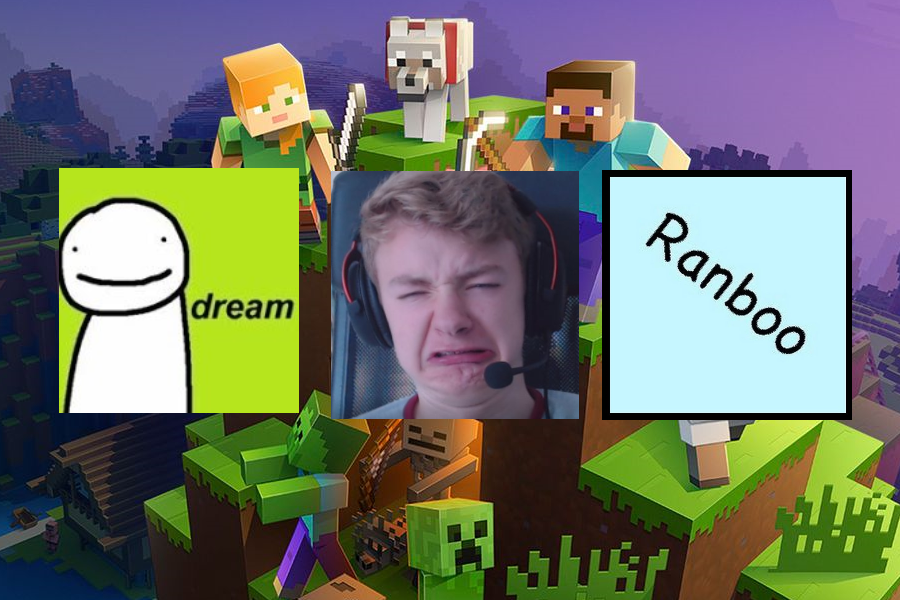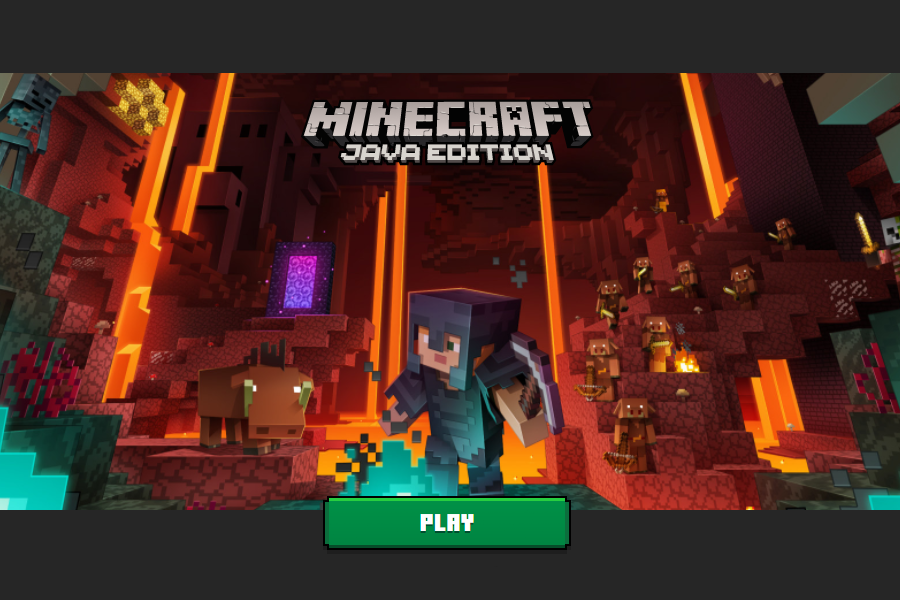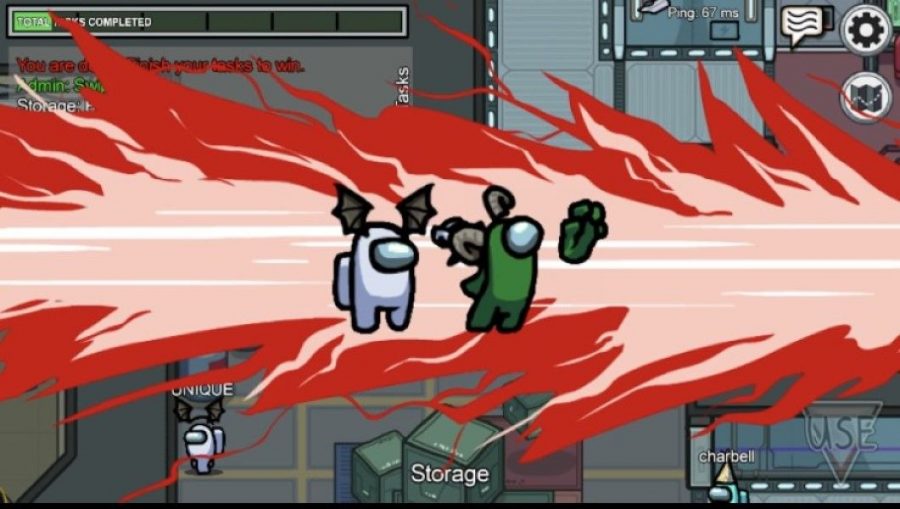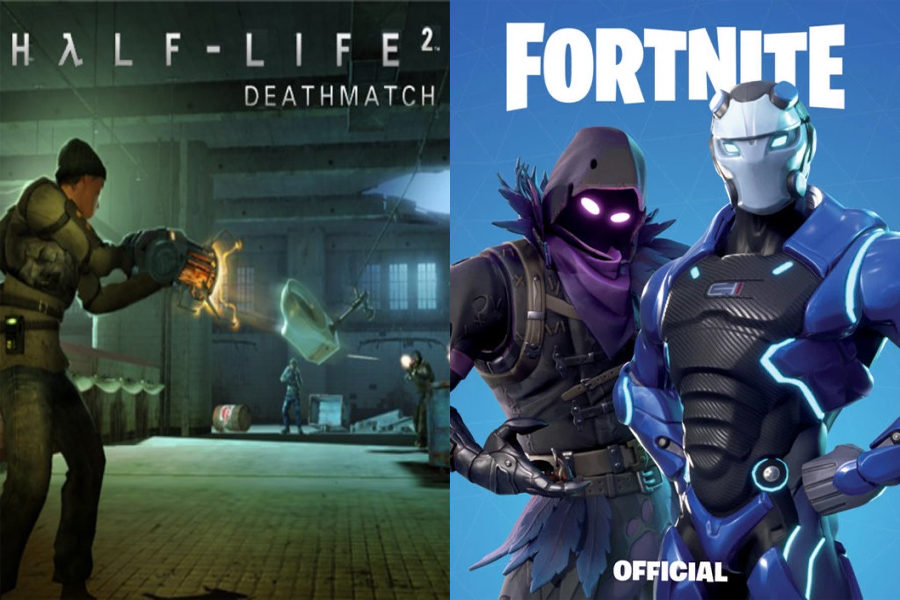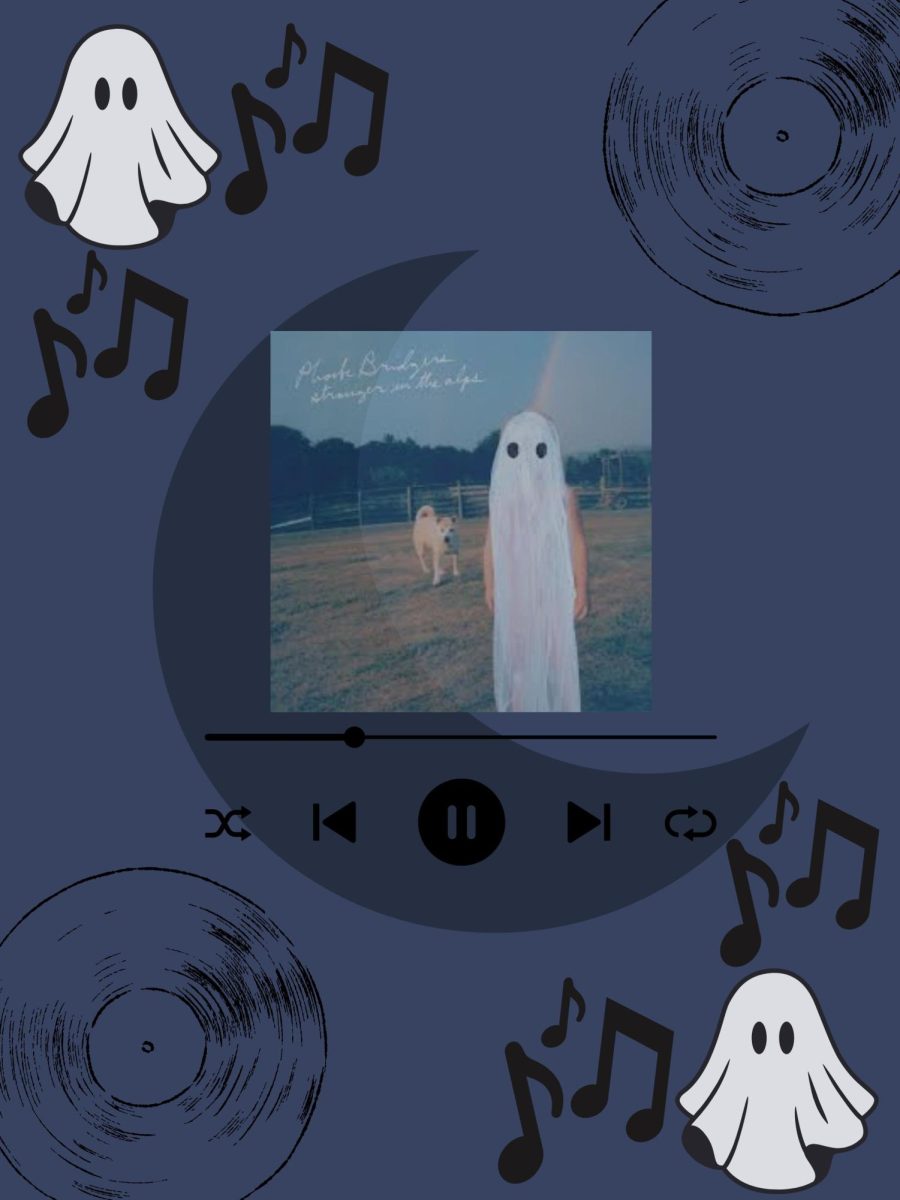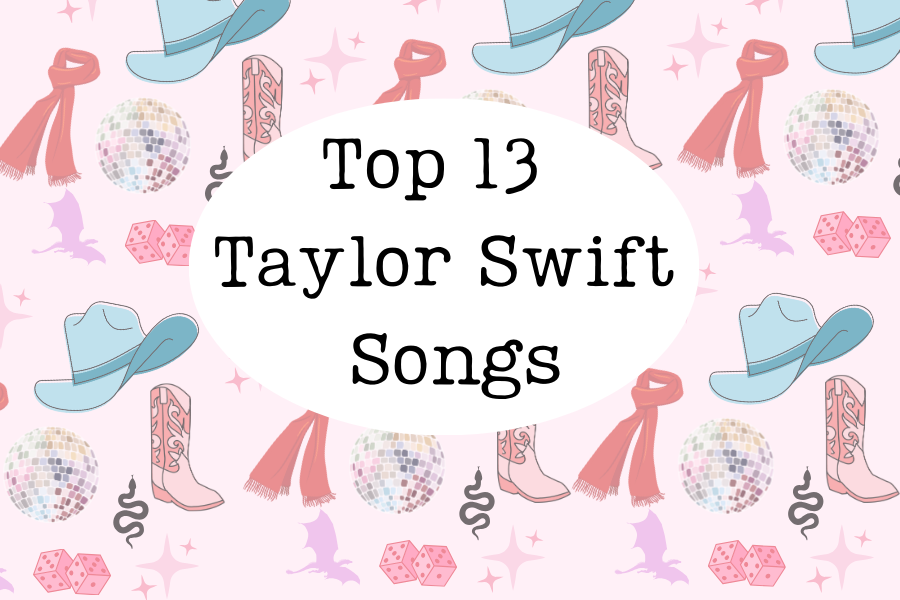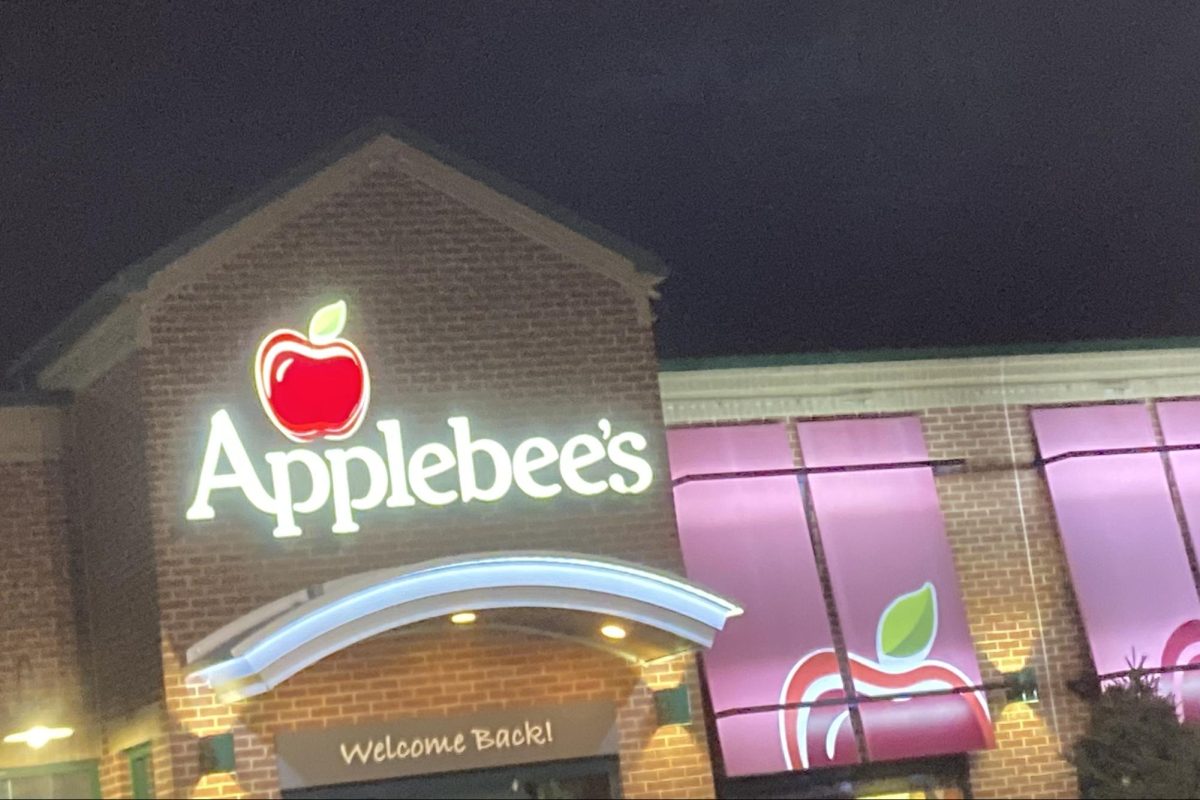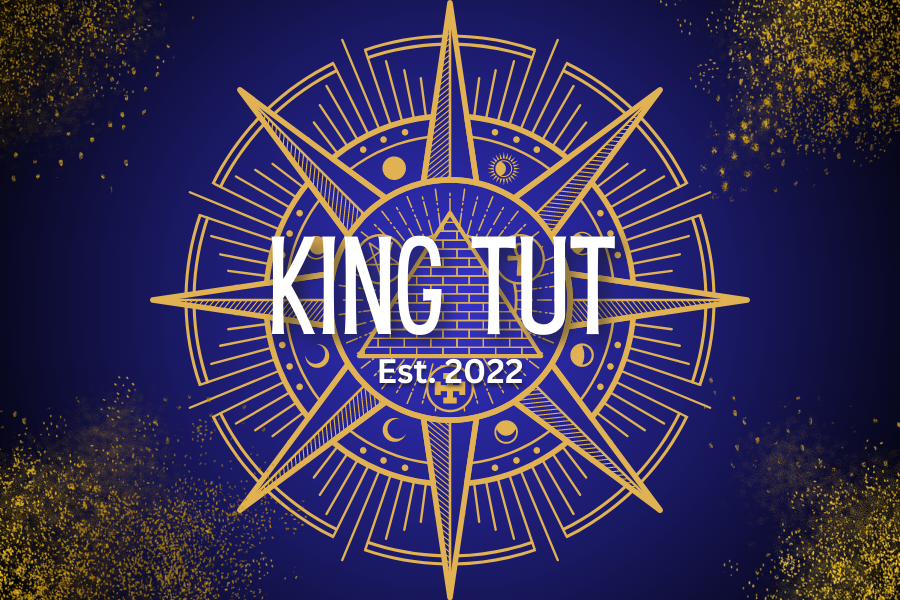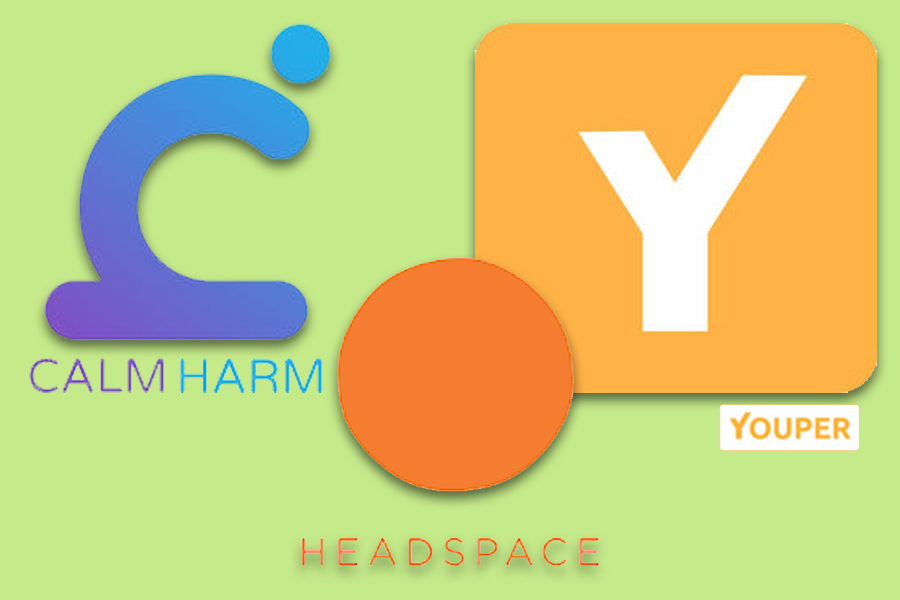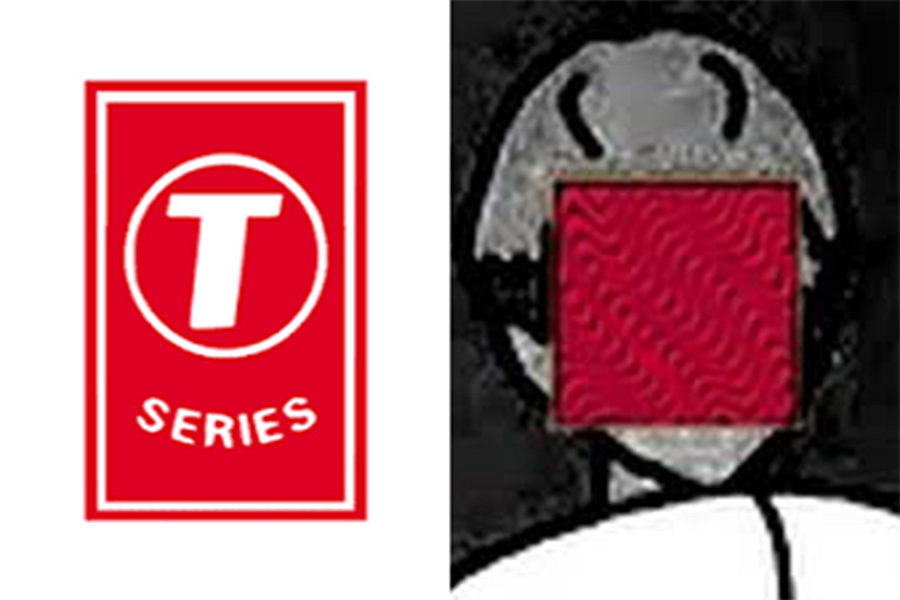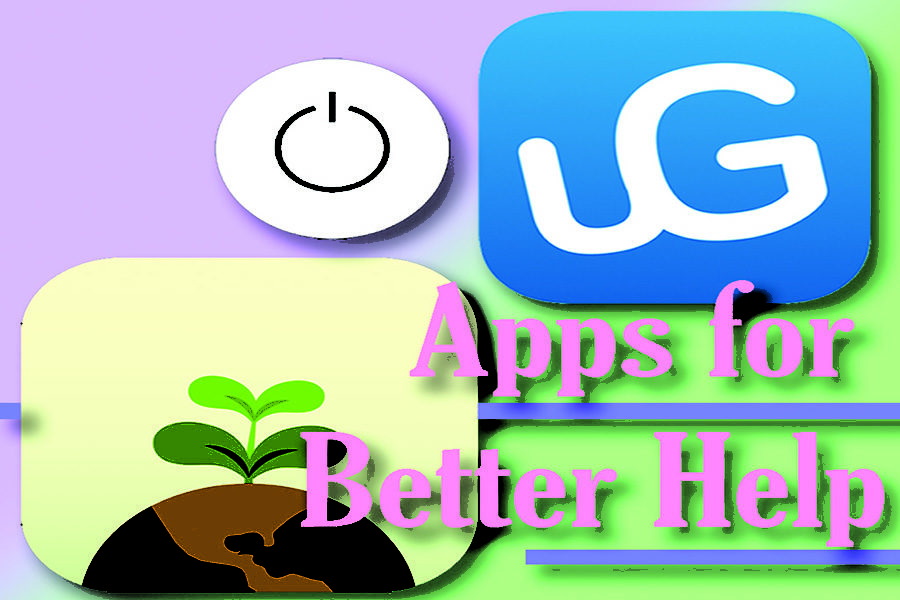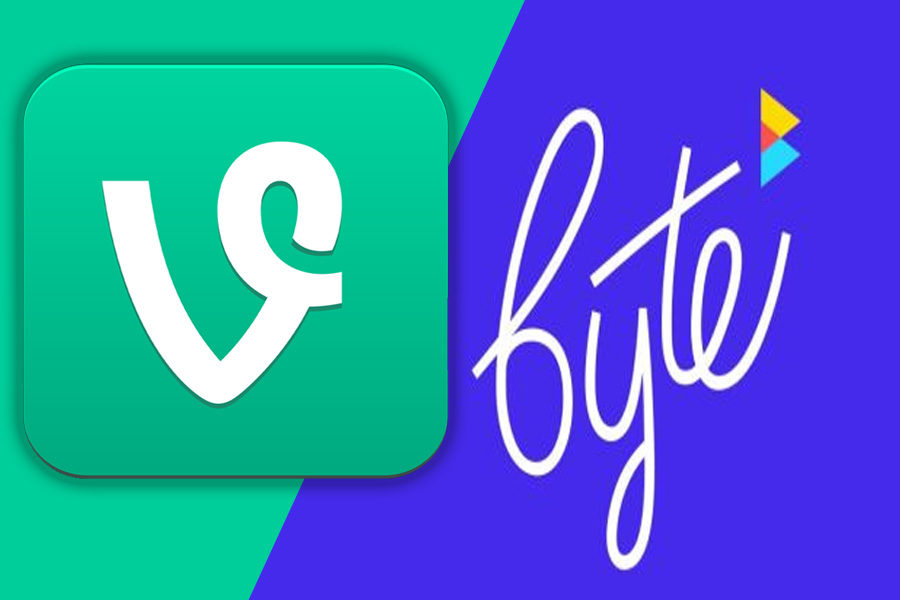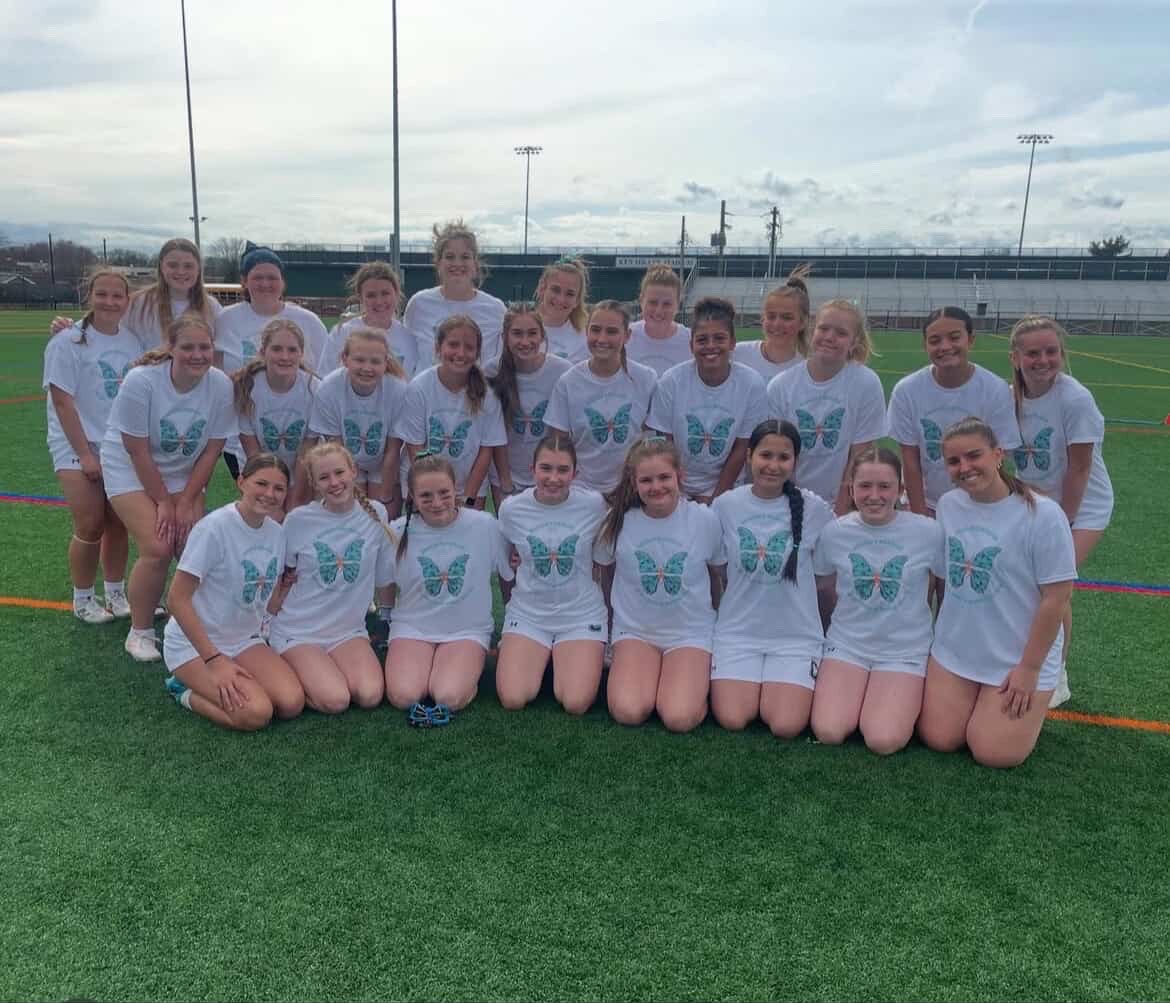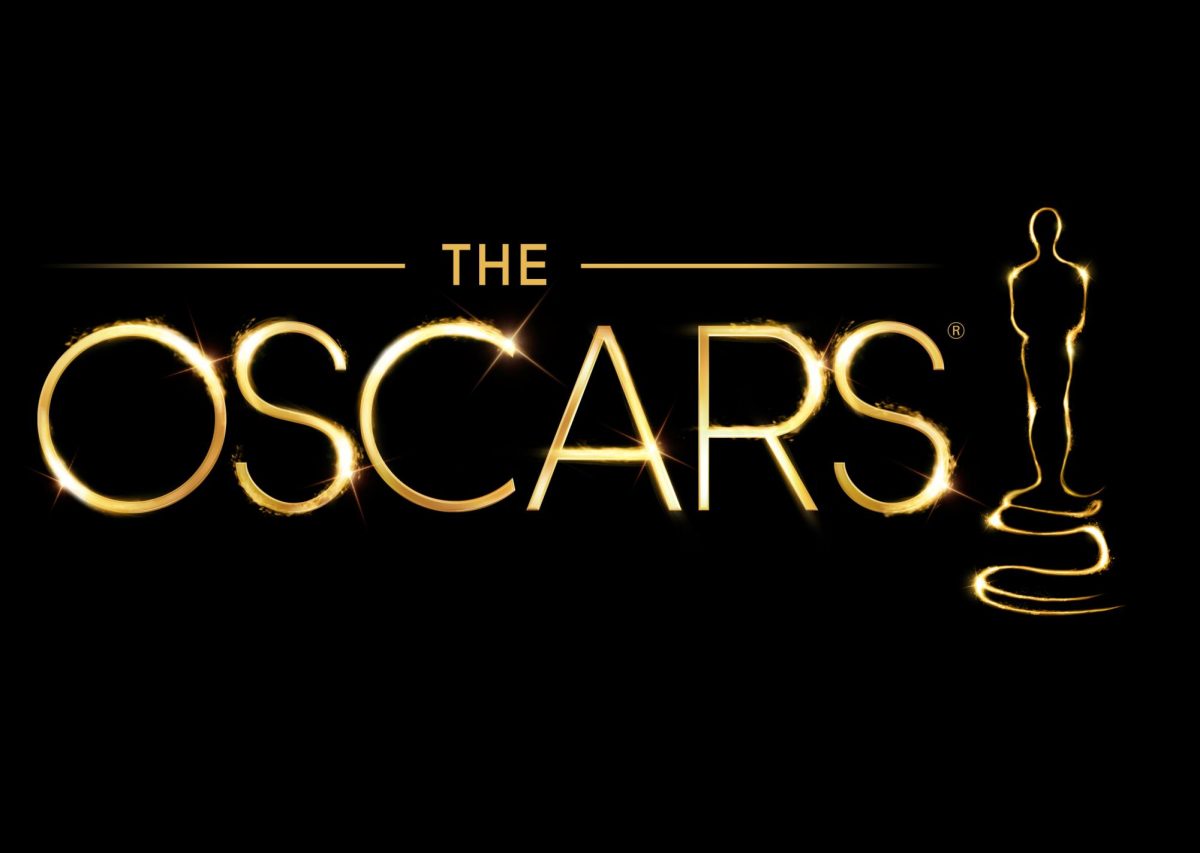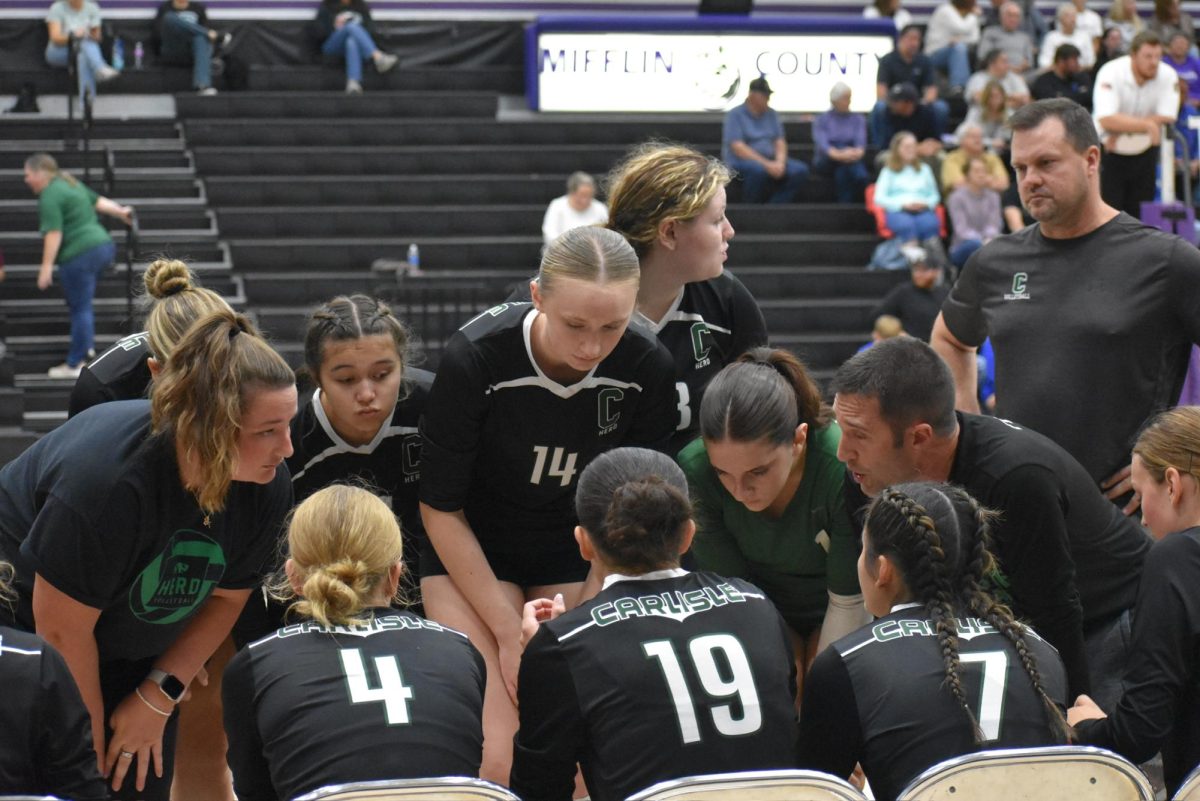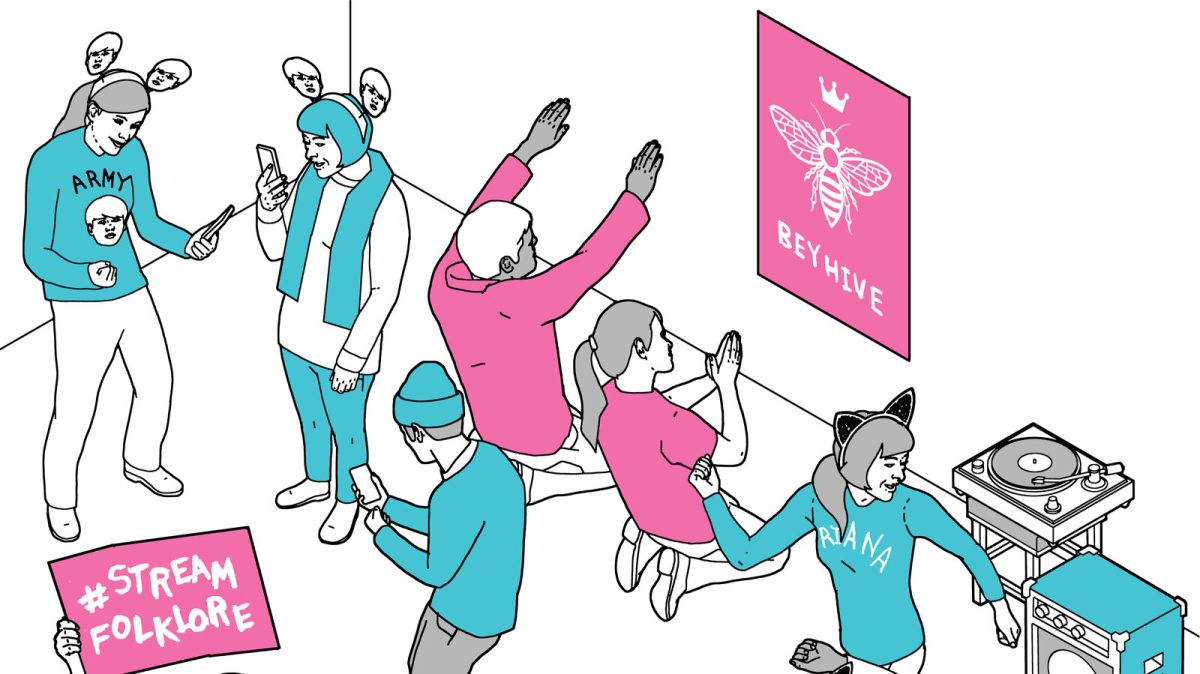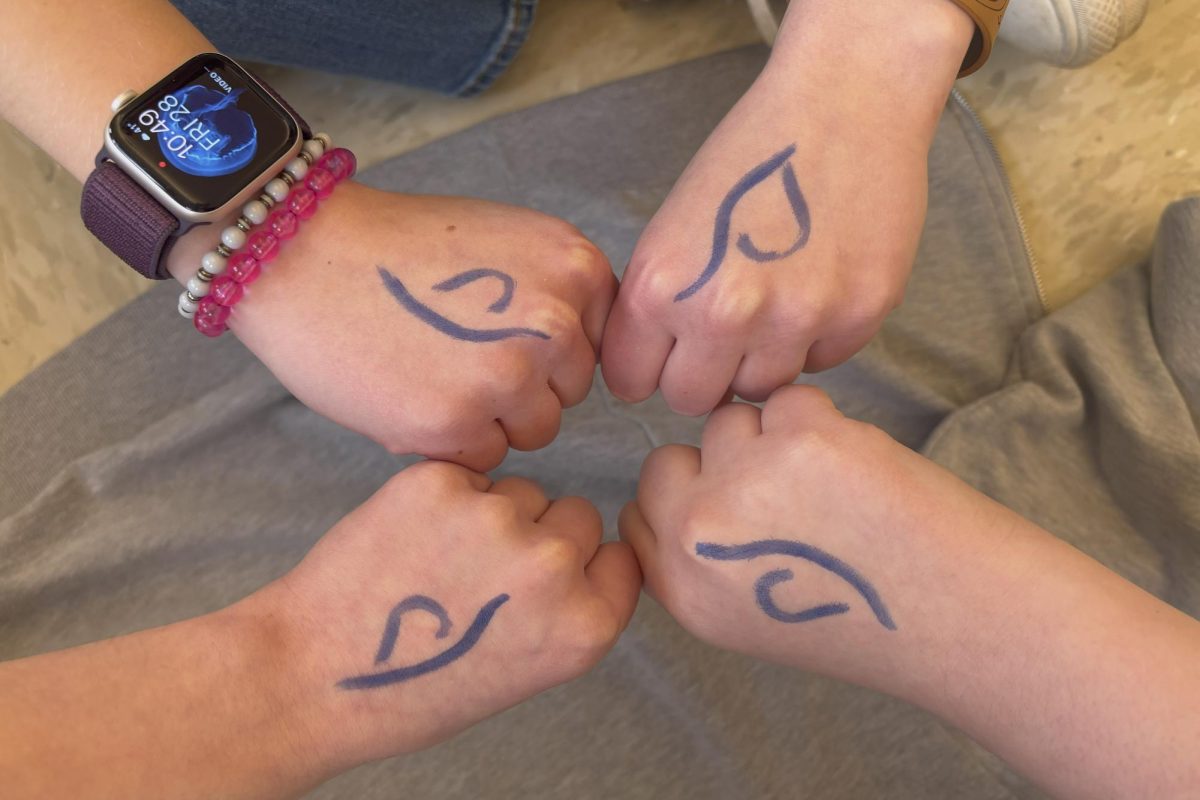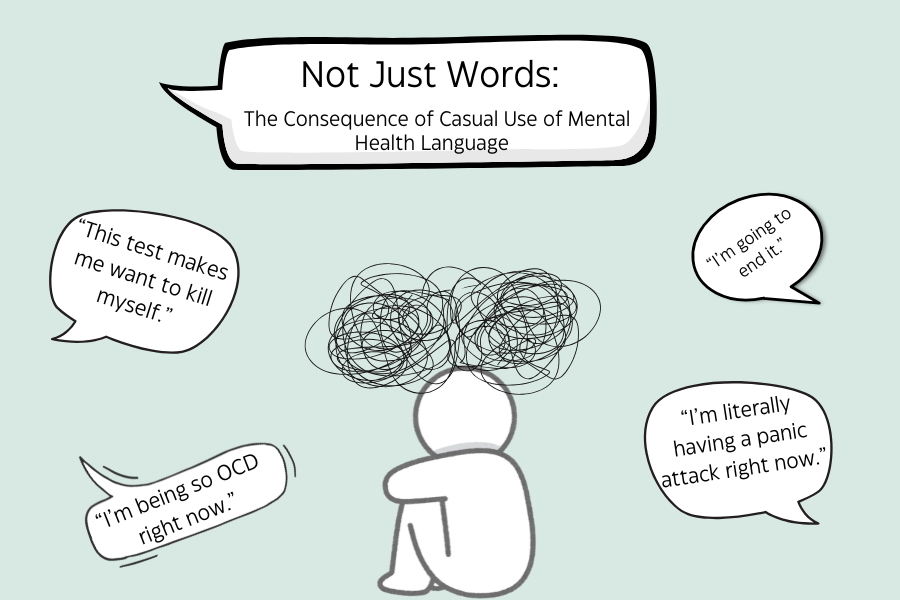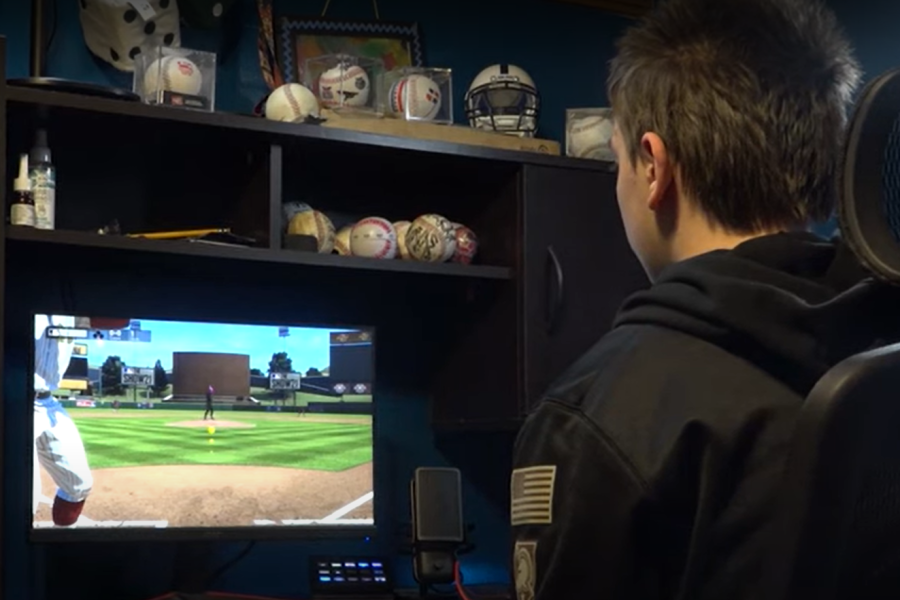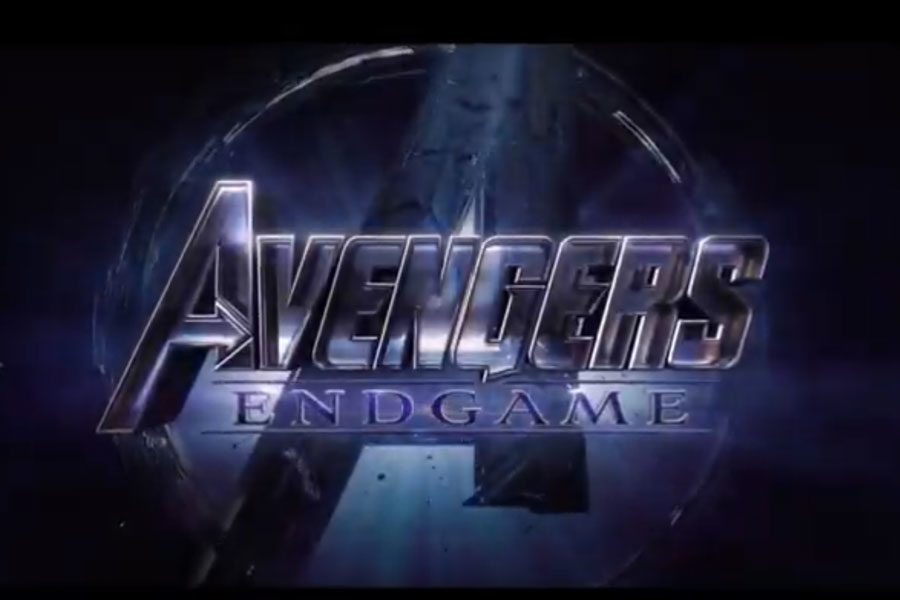Ready Player None: Why isn’t anyone playing the Metaverse? (Review)
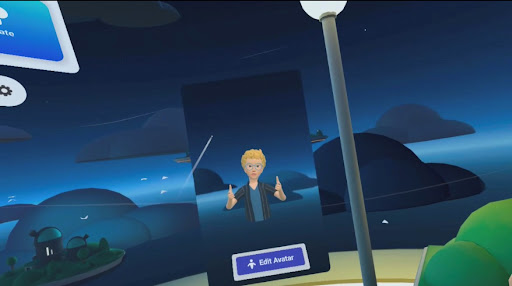
Created using Horizon Worlds, this avatar bears a passing resemblance to Periscope staff writer Alex Landis.
December 13, 2022
Meta is a kingpin in the social space, making billions of dollars from apps like Facebook, Instagram, Snapchat, and WhatsApp. But recently, it has been making advancements in the virtual reality market with their line of Oculus Quest headsets, which have functioned as cost-effective headsets with lower specs and a lower price tag. In an attempt to allow for a new form of socialization, they rolled out their newest social app, Horizon Worlds earlier this year.
Horizon Worlds is a free social app for the Quest line of headsets which allows people to socialize in a virtual space. Meta spent $100 billion dollars on the project, only to lose $700 billion after the launch.
In Horizon, players don an Oculus headset and download the game for free. Once inside, they can play games and hang out with their friends or other users. It is currently one of the lowest-rated games on the entire Oculus store, with a 3.2 star rating.
So, what went wrong? I decided to try the app myself and find out.
Loading into the virtual world, I was greeted by my own metaverse reflection. It pulls up a character creator where players can make an avatar with many options to try out and capture their own image. It has a fair number of options, but nothing too complex. Horizon avatars have no visible legs, just customizable arms, torso, and head. The options are decent character customization options, allowing players to likely get in the ballpark of their real appearance, or something wholly new.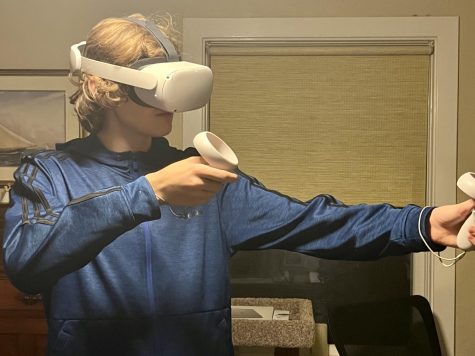
Once players load in, they’re greeted with a small tutorial world and a narrator who explains the things players can do in Horizon. There are also a few demonstrations and dioramas where players can throw paper airplanes or fire colorful projectiles, as well as showing how users can interact with friends. The welcome world is a decent tutorial for controls and such, but it’s really all about the Worlds, and no other players can appear here.
After they walk to the end of the welcome world, players get to the meat of the game: the Worlds. Players are presented with the three options of Worlds: Hang Out, Play, or Explore.
I chose Play first, and joined a round of Action Island Sandbox, a user-created game where players pitted against other players, armed with various weapons. I was instantly connected to 7 other people also playing the game, chatting away about something I joined too late to hear. People were chatting, having fun, there was definitely Mariah Carey in the background, and it was probably the part of Horizon that shines the most: finding a small group of completely random people with whom players can pass their time. This concept is what the game is designed around, and it does a pretty good job of it. After the round, most of the people had left the lobby, so I carried on to a new World.
I decided to try out the Hang Out aspect next, joining the Soapstone Comedy Club. This exposes the sadder side of Horizon worlds. I joined, walked into the club, and… there was one other person, and they were working the bar. I just stood around for a few minutes awkwardly, which exposes a primary flaw in Horizon Worlds: the lack of a player base.
Horizon Worlds had an original goal of 500,000 monthly active users by the end of the year, but had to revise it to 280,000 after the initial release did not meet expectations. It’s currently sitting at around 200,000, which leads to empty worlds like the one I found myself in. The lack of players means players join empty Worlds, which typically leave the game, leading to even less players. The lack of players stifles revenue for Meta, who relies entirely on in-app purchases to make their money back on building the app. Meta is currently tanking in terms of finances, with their stock plummeting and the amount of money they’re spending on this increasing as time goes on, with free updates in the works, in addition to 11,000 reported layoffs.
I hung out for a while longer, before making my leave to one of the hubworlds, small worlds that serve as crossroads between worlds with things to do, and eventually logging out. I couldn’t try out the Venues option this time because they’re all virtual concerts hosted at specific times.
There’s another critical aspect of this whole Metaverse fiasco, and that’s competition. VRChat is an incredibly well known free game where users can effectively do everything they can do in Horizon, as well as uploading custom worlds and avatars that they made themselves, without having to use Meta’s in-game creator. It easily allows anyone to use avatars that they made on any 3D modeling program. VRChat has been incredibly popular since 2014-2015, when it released, and is still going strong today. There’s also Rec Room, which is slightly more monitored and company-driven, rather than user-driven like VRChat, but is still a free game where players can play loads of user-created games, as well as hang out with friends and attend parties, just like Horizon. Users can still make worlds in Horizon too, but the controls are far clunkier, and less designed for games.
Horizon worlds is fighting an uphill battle on all fronts, as they have to provide a service better than two of the most popular VR social games. I have hope for Horizon, as it’s still in its infancy and it could get better over time, with the promised addition of legs and other requested features on the horizon. But as it stands, it doesn’t look great for Meta, and it seems their World is crumbling around them.
Disclaimer: Articles designated as “Review” represent the views and opinions of the author, not the Periscope staff, CHS/CASD administration, or the CHS student body.


